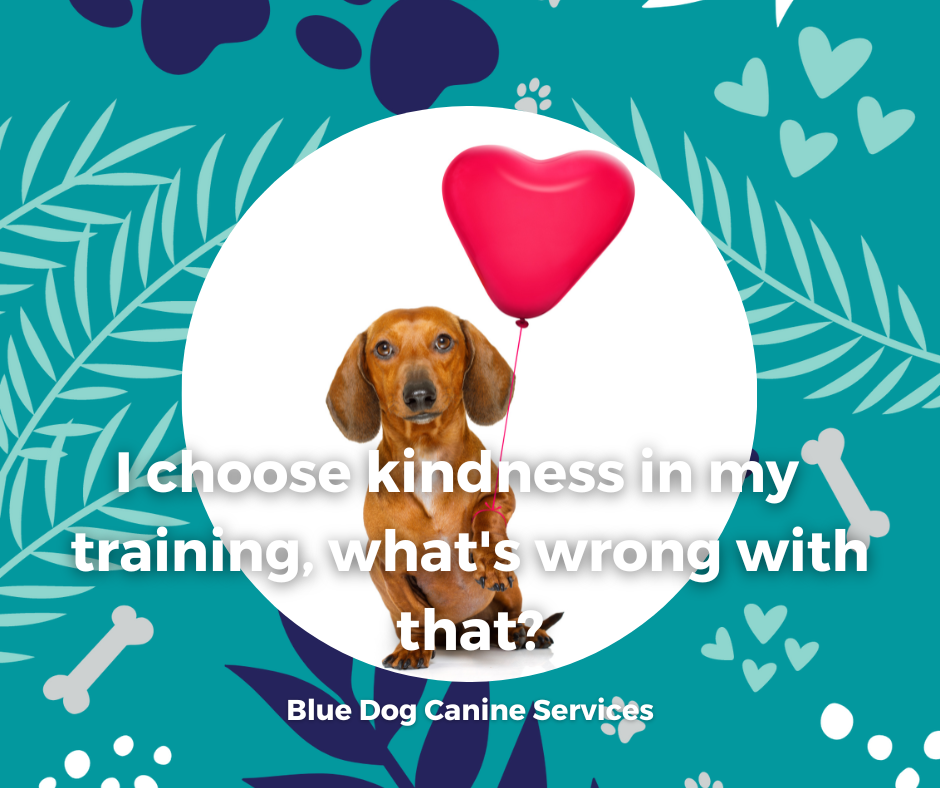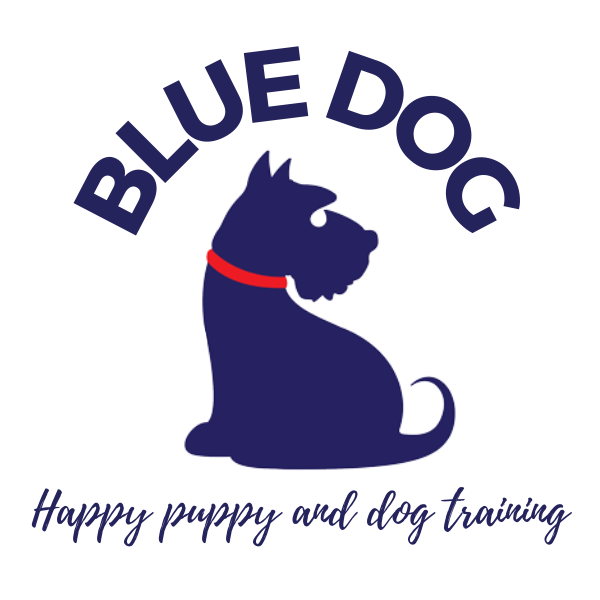
The dog training world is in turmoil. Positive dog training methods are being criticised and challenged increasingly by trainers who claim to be “balanced” or “traditional”.
Each camp is fighting to show that their approach is right. The gloves are off and it’s starting to get nasty and personal. With escalating online fighting between each camp.
So, I’d like to make my position clear. I choose force free dog training methods that cause a dog no pain and that aren't scary or worrying. I choose kindness! I choose kindness for dogs and I choose kindness for their dog guardians. Full stop.
Why I choose to use positive reinforcement to train a dog or puppy
While it has now been debunked that dogs need a pack leader to make them 'comply', many people still embrace this theory and still look for quick fixes for unwanted behaviours. However, there really are no quick fixes. Using punishment in dog training doesn’t solve the problem, in fact it can and often does make the problem worse.
Let’s be kind to our puppies and dogs.
Let’s support, guide and help them learn how to navigate our human world, a world that is very alien to them. Let’s help a dog understand what we want them to do, rather than punishing dogs for doing what we don’t want.
This can be achieved without scaring or hurting a dog, or by damaging your relationship with them. Yes you can change behaviours through the use of force and intimidation, but why would you want to?
Using rewards in dog training doesn't mean being permissive.
It means helping dogs think, learn and make good choices by setting them up to succeed, giving them feedback and rewarding them when they do a good job.
I choose to use positive reinforcement to train a dog or a puppy. If a dog is motivated to ‘work’ for reward or rewards in a particular situation, why on earth wouldn’t I use this to my advantage?
A kinder way to tackle unwanted behaviours:
I never recommend the use of punishment in dog training. Instead, there are five things that I do recommend to owners which all use force free dog training methods:
1.Management and prevention:
This is hugely important because first of all, you are going to need manage things so that a dog doesn’t get to practise the behaviours you don’t like.
2. Never reinforce unwanted behaviours:
Unwanted behaviours are often inadvertently rewarded, you have to ensure that from this point forward nobody is rewarding the unwanted behaviour.
3. Train your dog an alternative good choice behaviour:
Instead of focusing on the stuff you don't like, focus on what you want the dog to do instead. Then use positive dog training to teach an alternative behaviour that you like that will replace the unwanted one.
4. Don’t punish your dog, redirect onto something appropriate:
Switch the dog’s focus when they are doing something you don’t want them to do. Redirect them to a more appropriate desirable behaviour and reward that instead.
5. Train your dog a positive interrupter:
This can help interrupt the unwanted behaviour before it happens so you can ask your dog to do something more appropriate.Find out how to train a Positive Interrupter here.
Using rewards in dog training helps build a dog’s confidence, motivates them to learn, enables them to succeed, and strengthens your relationship with them. The only fall-out by training this way is that your dog might end up loving you even more than they already did!
Find out more about the puppy and dog training services I offer, and get dog training tips, information and free dog training resources on the Blue Dog website.









